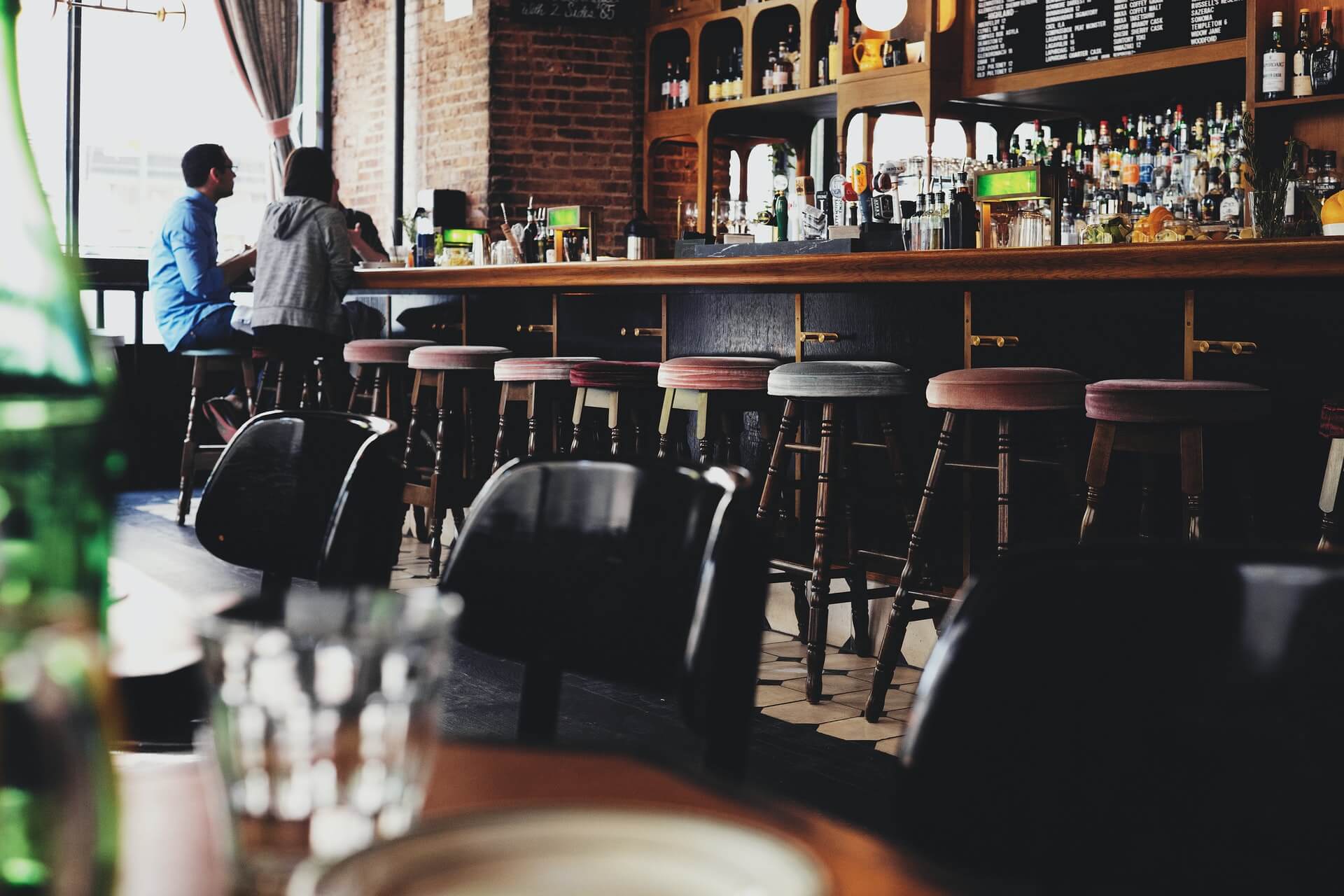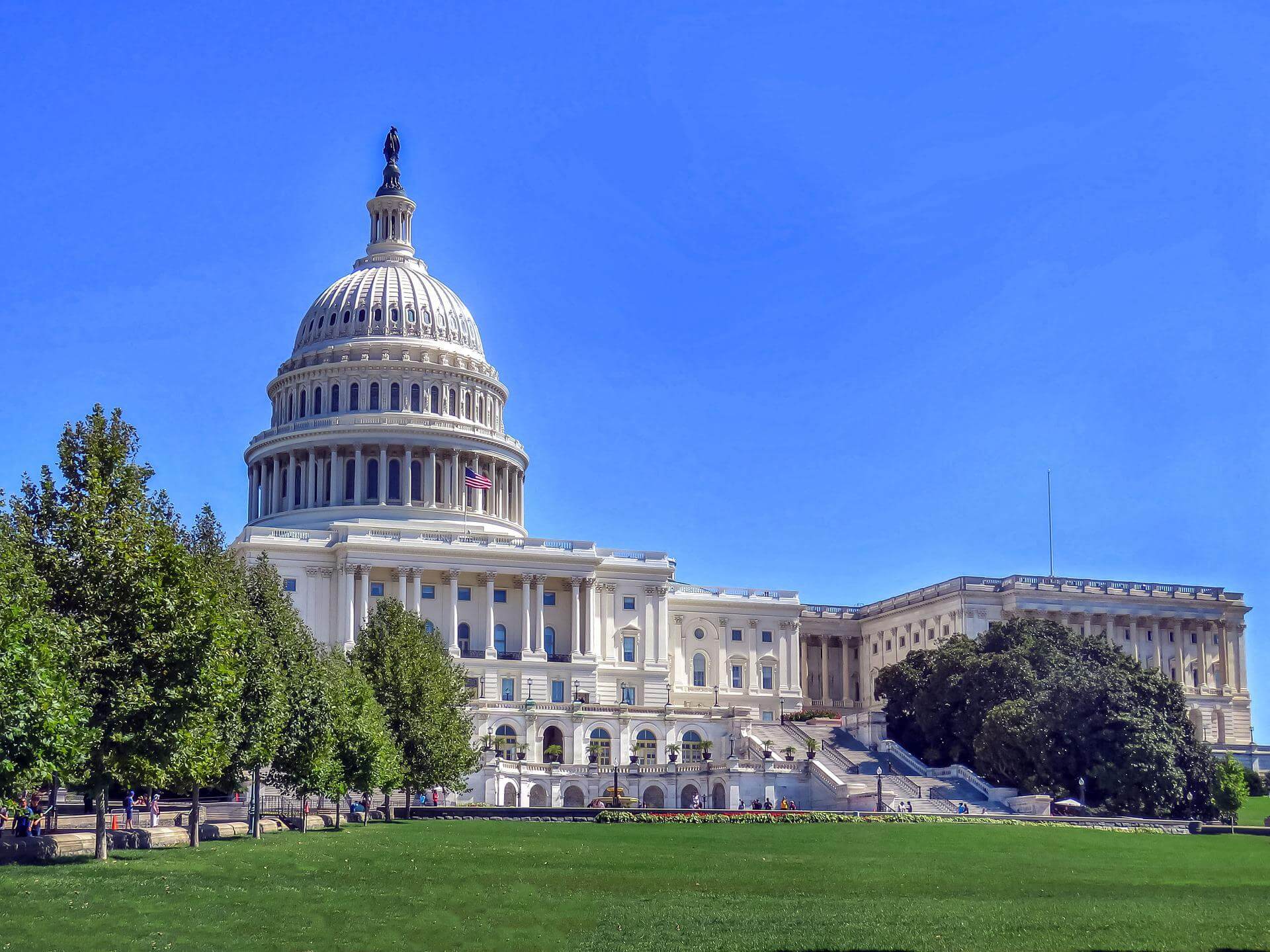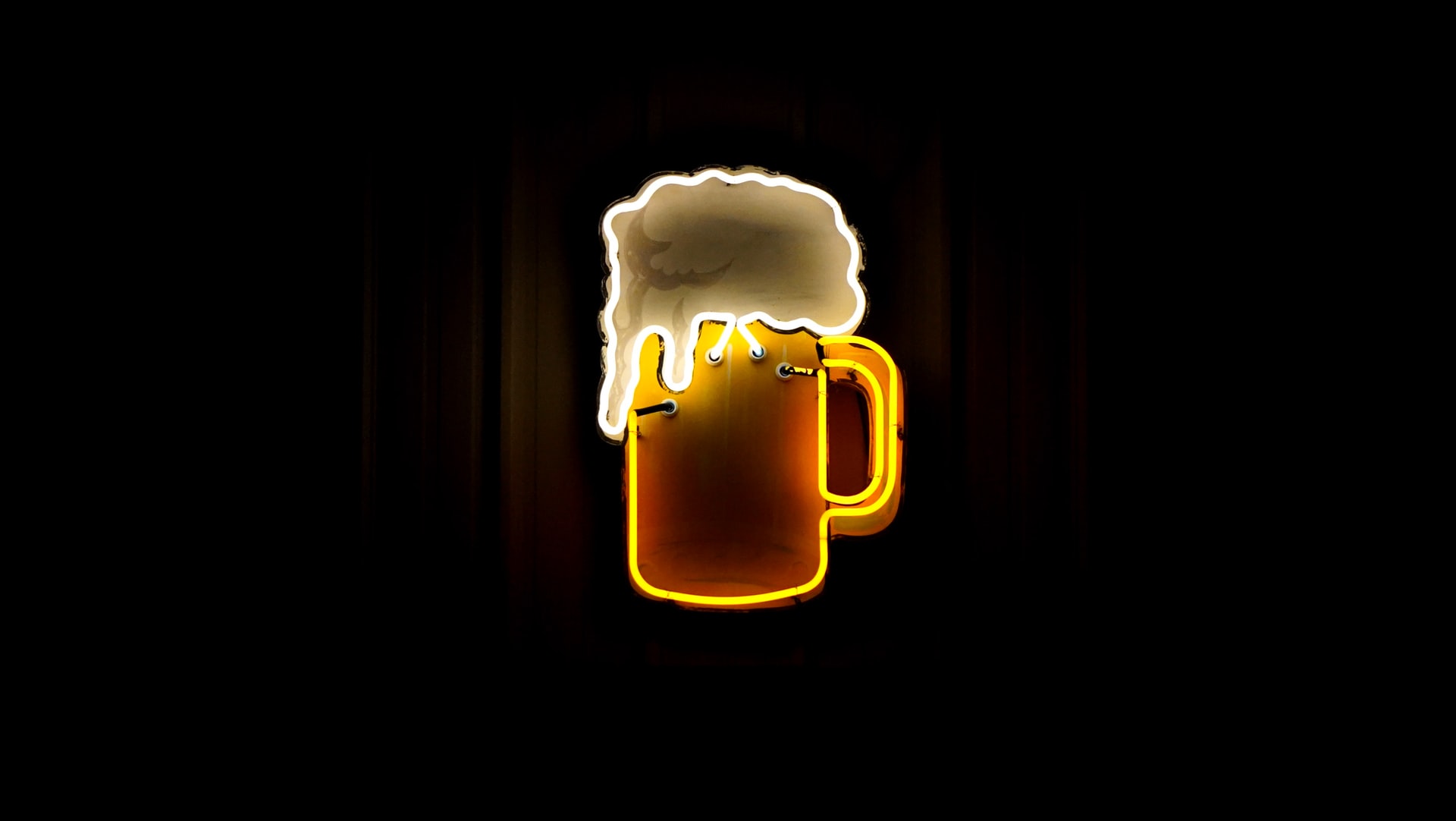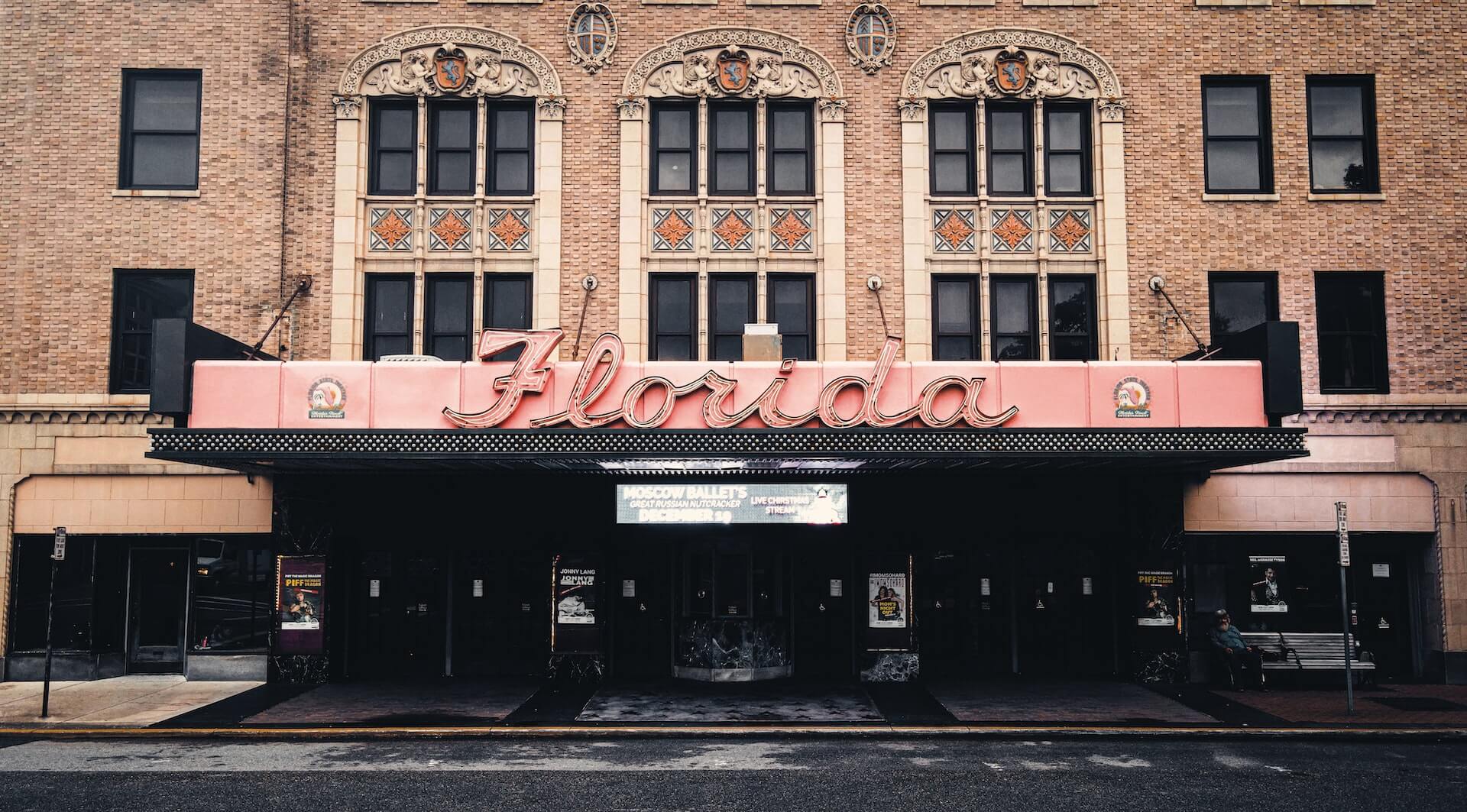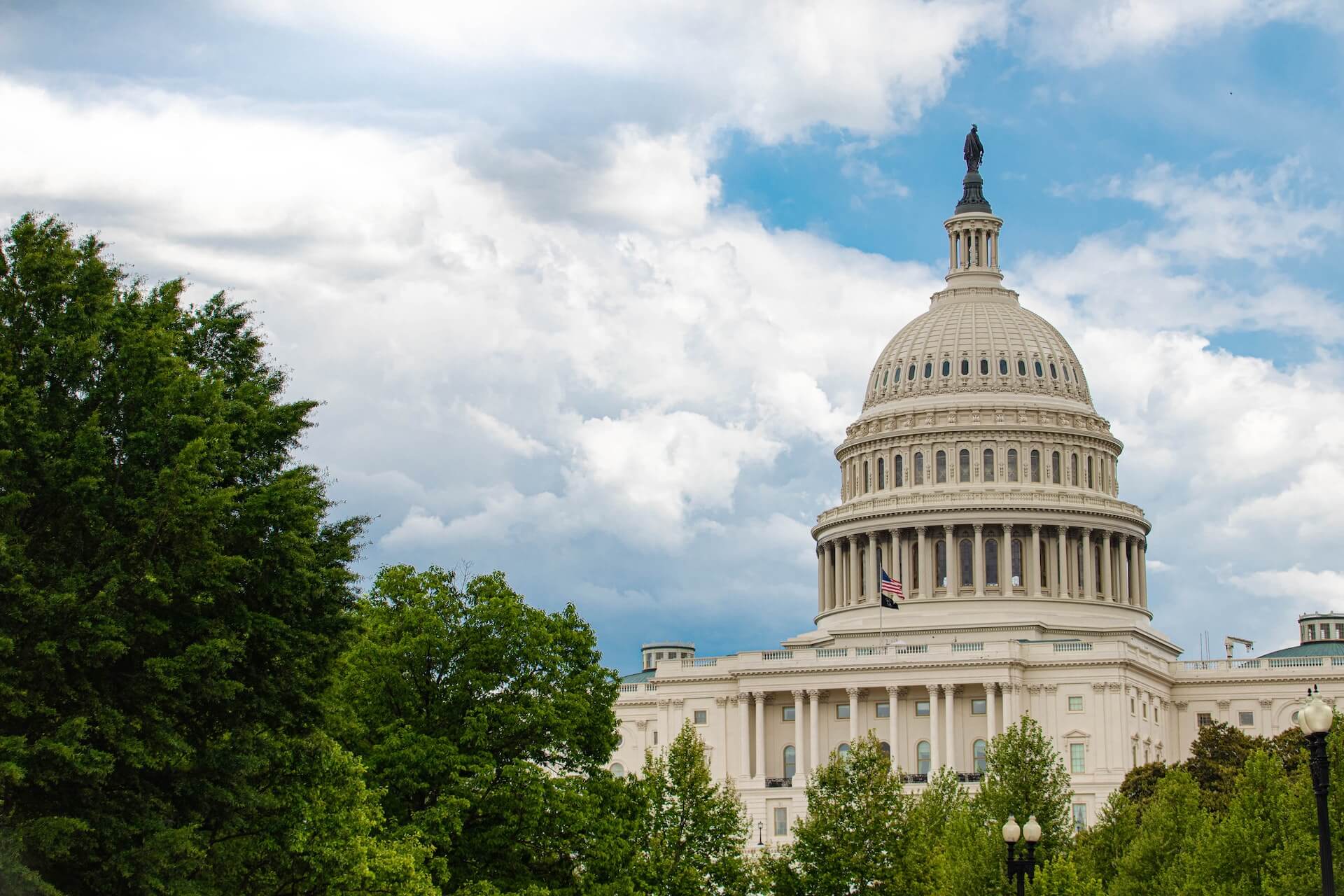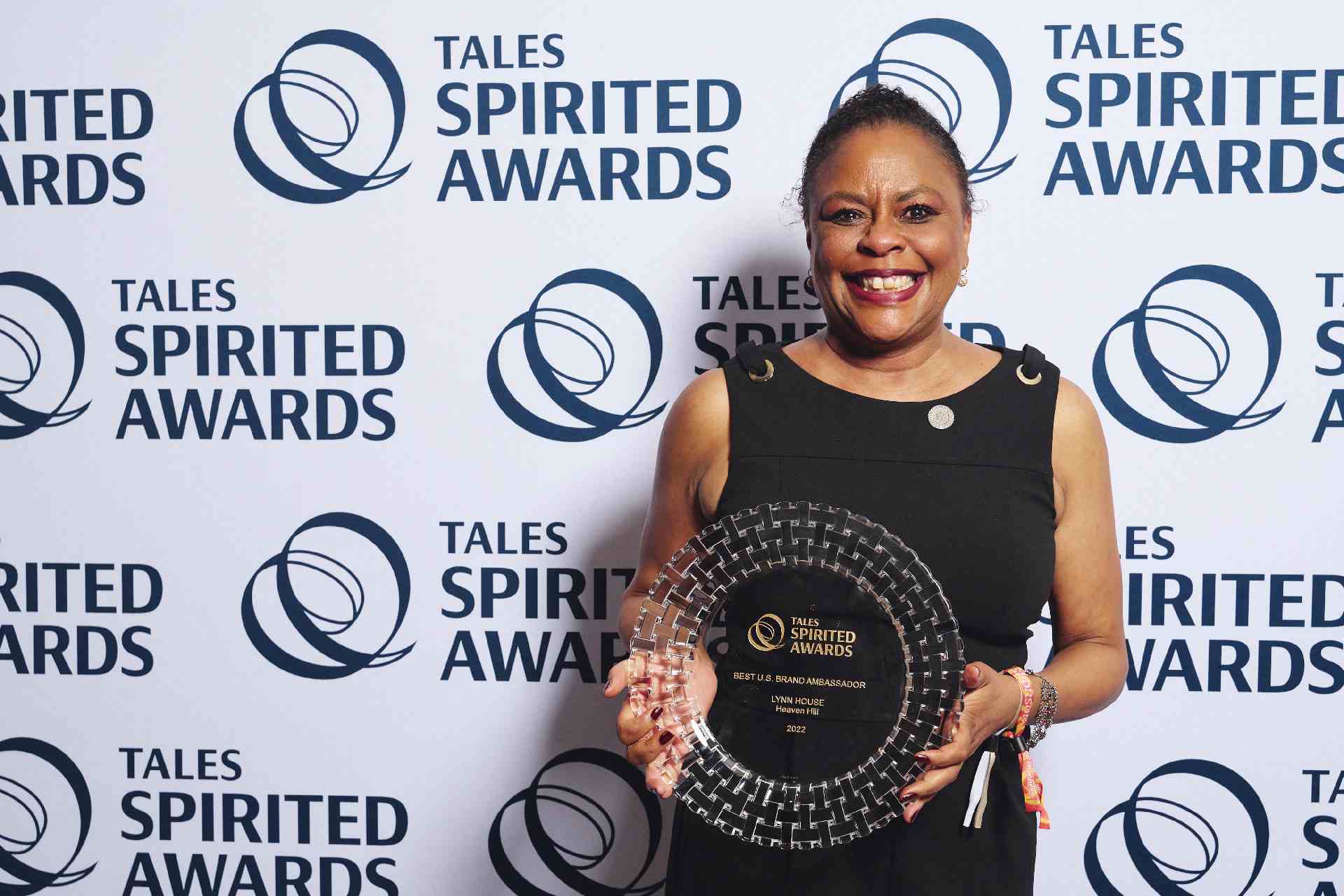Date Night Desires and Dealbreakers
by David Klemt
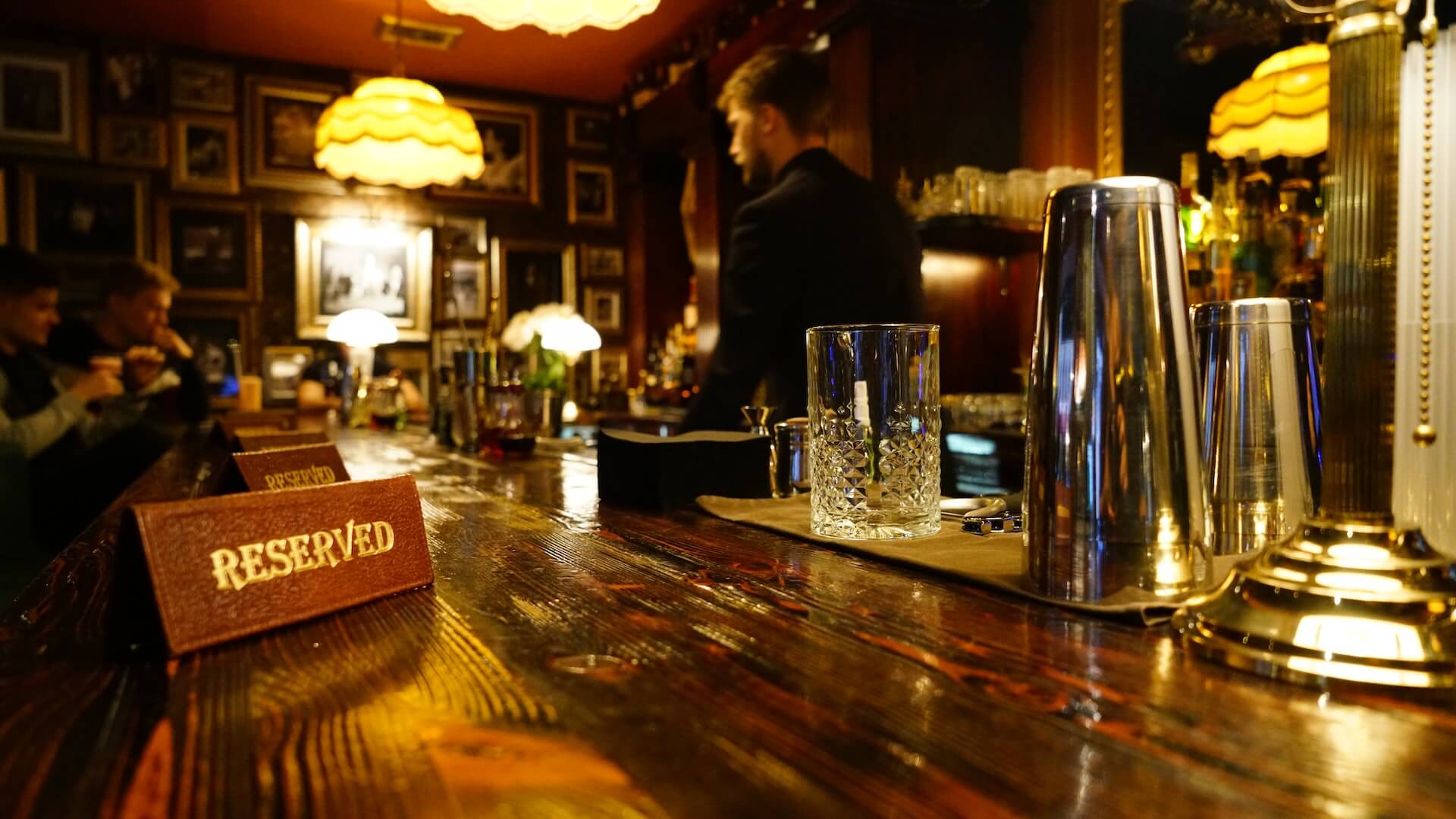
Focusing on date night, guest experience and retention tech platform SevenRooms is sharing their latest data-driven report.
Their “Date Night Diner Report” is another successful collaboration with YouGov. Previous reports from this partnership include:
- “Booking Behaviors: Exploring Hotel Guest Loyalty“
- “Data & Dollars: Revealing the Impact of Third-Party Marketplaces“
- “What is Eatertainment?“
One of the reasons we at KRG Hospitality appreciate and recommend SevenRooms is their dedication to data. The platform’s commitment to sharing the data they collect to the benefit of operators is impressive.
“A resurgence of the American date night is here, and these date night diners are flipping the script on what that experience should look and feel like,” says Allison Page, co-founder and chief product officer at SevenRooms.
So, operators who want to succeed with date night should review this new report. In fact, all operators would be wise to read this report. After all, it addresses reservations, waitlists, walk-ins, and much more.
Released today, this brand-new report can be downloaded here. Read the press release here.
Date Night Details
A lot has changed over the past two-plus years. What hasn’t changed are the two most popular date nights in the US: Friday and Saturday.
Both Friday and Saturday night are preferred by 26 percent of the 763 survey respondents who go on dates. In total, SevenRooms and YouGov surveyed 1,153 individuals.
Generally speaking, these dates are return visits. People who go on dates tend to make reservations at restaurants they’ve dined at previously.
However, 46 percent of such guests are open to reserving a table at a restaurant they haven’t visited before. And speaking of those tables reservations, 53 percent are for two people.
Looking at two major populations, tables for two are the most popular reservations. In New York, they account for 50 percent of reservations. That number increases to 56 percent in Los Angeles.
Interestingly, however, is this bit of date: 53 percent of Americans don’t make reservations for date night. Rather, they’re walk-in guests, meaning they’ll likely become waitlist guests.
Date Night Desires
So, now operators know that the majority of today’s date-night reservations are for two. That doesn’t mean setting aside two-tops and side-by-side seats at the bar is enough for success.
No, there are also guest expectations to consider. SevenRooms identifies the following as the top date-night desires:
- A complimentary cocktail or dessert. (33 percent)
- Ability to earn extra rewards (24 percent), highlighting the value of loyalty programs.
- Incentives that encourage repeat date-night visits. (23 percent)
Furthermore, personalization continues to be a key factor in the dining decision. One-third of guests consider the ability to personalize their dining experience more important than factors such as menu variety or receiving their order quickly.
Date Night Dealbreakers
Of course, if there are desires there are also dealbreakers.
According to SevenRooms, the following are the dealbreakers operators must avoid:
- People on a date receiving their meals at different times. In this case, more than ten to 15 minutes apart. (45 percent)
- The restaurant being so loud the guests on their date can’t hold a conversation. (43 percent)
- A restaurant not having the menu items the guests were looking forward to ordering. (31 percent)
- Being sat too close to another table. (31 percent)
- Sitting next to a table speaking “too loudly.” (26 percent)
- The restaurant being so crowded that a guest can’t find their date. (24 percent)
How important is it to avoid these dealbreakers? Well, the survey respondents say they won’t return to a restaurant if they experience any of them.
To read the full report, click here. And to learn more about SevenRooms, listen to Bar Hacks episode 24, featuring SevenRooms CEO Joel Montaniel.
Image: Dmitri Nesteruk on Unsplash

